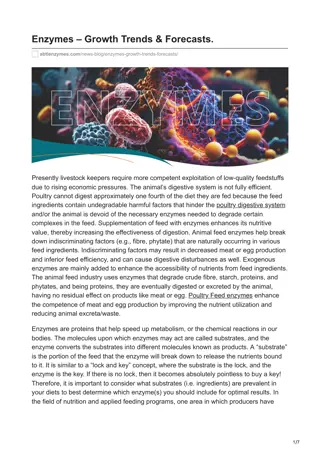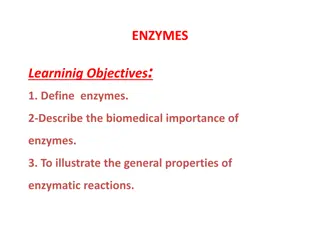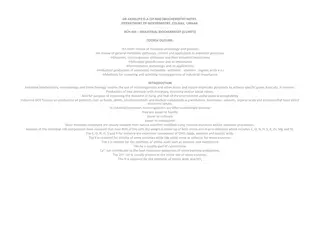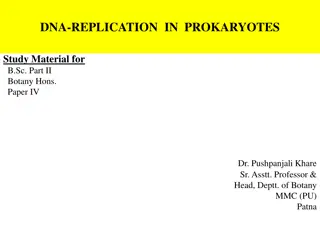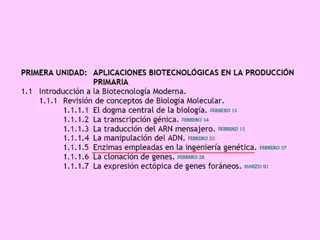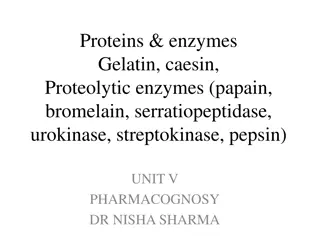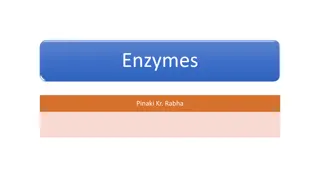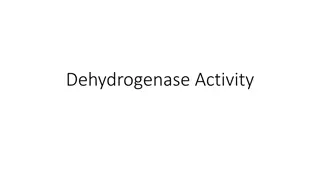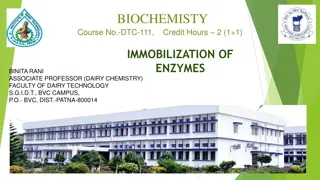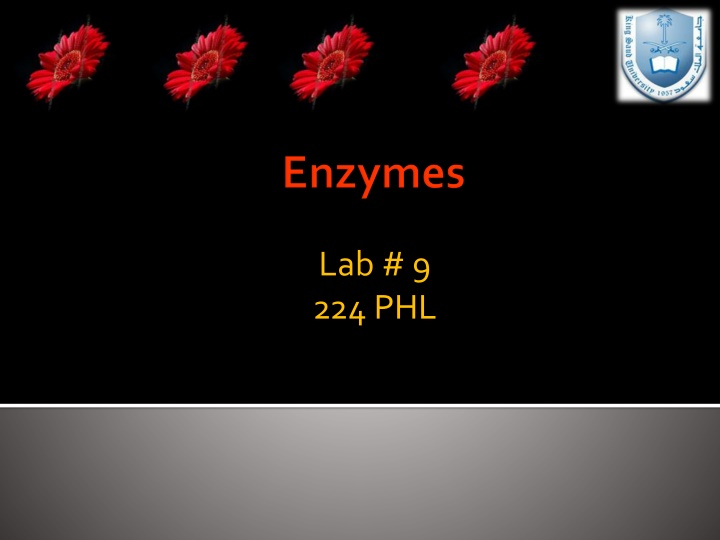
Phosphatases and Their Role in the Body
Learn about phosphatases, enzymes that catalyze the splitting of phosphoric acid from mono-phosphate esters. Discover their occurrence in various tissues, activation and inactivation factors, and how to calculate ALP activity. Find out about conditions that lead to increased or decreased ALP levels in the body.
Download Presentation

Please find below an Image/Link to download the presentation.
The content on the website is provided AS IS for your information and personal use only. It may not be sold, licensed, or shared on other websites without obtaining consent from the author. If you encounter any issues during the download, it is possible that the publisher has removed the file from their server.
You are allowed to download the files provided on this website for personal or commercial use, subject to the condition that they are used lawfully. All files are the property of their respective owners.
The content on the website is provided AS IS for your information and personal use only. It may not be sold, licensed, or shared on other websites without obtaining consent from the author.
E N D
Presentation Transcript
Lab # 9 224 PHL
Phosphatases are enzymes which catalyze the splitting of phosphoric acid from mono-phosphate esters. They are hydrolases. Organic phosphate esters + water alcohol + phosphate ion Two types are commonly estimated in the serum : Alkaline phosphatase with maximum activity at pH10. Acid phosphatase with maximum activity at pH5.
Occurrence: in most tissues of the body, mainly in: Osteoblasts in bone . Bile canaliculi in liver . Small intestinal epithelium . Proximal tubules of kidney. Breasts during lactation . In all these sites ALP seems to be involved in transport of phosphates across cell membranes.
ALPis activated by Mg+2, Mn+2,Co+2. ALPis inactivated by Zn+2,Cu+2,Hg+2,EDTA.
P-nitrophenylphosphate+ H2O ALP p-nitrophenol. Phosphate +
Pipette in to clean dry test tube 1 ml from working reagent Put the test tube in the 37 C water bath beaker Add 0.2 ml from the sample Mix and put in the cuvette , and wait for 30 second Record the absorbance at = 405 nm every 1 minute interval for 3 minutes The absorbance of the sample: A , A1, A2, and A3.
Calculation: The ALP activity (U/L) = ( A / min.) X 2720 = (A -A1)+ (A1-A2)+ (A2-A3)/3 X 2720 Normal value: 98 279 U/L
Increase in ALP occurs mainly in: 1) Bone diseases like Paget s disease (highest level), rickets, hyperparathyroidism, bone cancer. 2) Liver diseases like obstructive jaundice, biliary cirrhosis, carcinoma liver abscess. 3) Drugsproducing cholestasislike androgens, sulfonamides. or hepatotoxic drugs like aspirin, gentamycin, cyclophosphamide, and halothane . Decrease in ALP occurs in: anemia, scurvy, and cretinism.
Occurrence: The highest concentration of ACP is found in prostate (prostatic ACP), also in RBCs, leucocytes and platelets (non prostatic ACP). ACP has a maximum activity at pH5.6
A variety of substrates have been used for determination of serum ACP activity . These include: Nitrophenylphosphate-attacked by phosphatases of non-prostatic origin. -Glycerophosphate, naphthylphosphate, phenolphthalein monophosphateare all non specific substrates for both. Prostatic Acid Phosphatase is obtained by subtracting the results of the Non-Prostatic Acid Phosphataseassay from the results of the Total Acid Phosphataseassay on the same sample.
Principle:(ACP) 1-naphthyl phosphate + H2O ACPPhosphate + 1-naphthol 1-naphthol + 4-chloro-2-methylphenyldiazonium salt Azo dye.
a)Determination of Serum Total Acid phosphataseActivity. b)Determination of Serum Non- Prostatic Acid phosphataseActivity
Pipette in to clean dry test tube 1 ml from working reagent (R2A) Put the test tube in the 37 C water bath beaker Add 0.1 ml from the sample, Mix and incubate for 5 minute at water bath Put in the cuvette Record the absorbance at = 405 nm every 1 minute interval for 3 minutes The absorbance of the sample: A , A1, A2, and A3.
Pipette in to clean dry test tube 1 ml from working reagent (R2B) Put the test tube in the 37 C water bath beaker Add 0.1 ml from the sample, Mix and incubate for 5 minute at water bath Put in the cuvette Record the absorbance at = 405 nm every 1 minute interval for 3 minutes The absorbance of the sample: A , A1, A2, and A3.
Calculation: Total ACP activity (U/L) = ( A / min.) X 743 = (A -A1)+ (A1-A2)+ (A2-A3)/3 X 743 Non-prostatic ACP activity (U/L) = ( A / min.) X 743 = (A -A1)+ (A1-A2)+ (A2-A3)/3 X 743 Prostatic ACP activity (U/L) = Total ACP activity - Non-prostatic ACP activity .
Normal value: Total ACP Up to 4.7 U/L. Prostatic ACP Up to 1.6 U/L.
Prostatic ACP is used mostly to detect prostatic carcinoma when it may reach very high level. In benign hypertrophy of prostate ACP is normal.
1-An enzyme that transfer a group from one organic compound to another is called: a) Lipase b) Aminotransferase c) Decarboxylase
2-An enzyme that convert one pair of isomers into another is called: a) Racemase b) Pepsin c) Ligase
3-International unit (IU) is the amount of an enzyme that will convert: a) one milli-mole of substrate per minute in an assay system b) one micro-mole of substrate per second in an assay c) one micro-mole of substrate per minute in an assay system system

